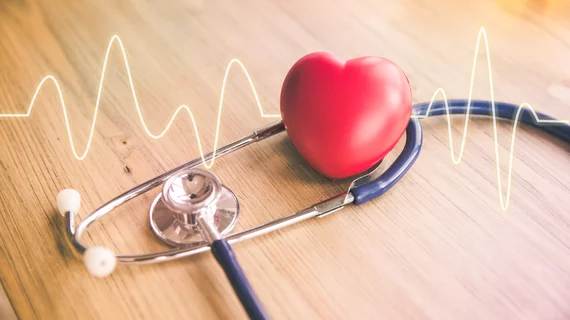‘Electrocardiomatrix’ beats standard methods of detecting AFib in stroke units
Researchers at the University of Michigan have developed technology that flags stroke victims at the greatest risk for atrial fibrillation after an event, trumping standard methods of risk stratification to achieve greater accuracy.
Jimo Borjigin, PhD, and colleagues’ new tech—dubbed the “electrocardiomatrix”—goes one step further than traditional mechanisms for monitoring patients’ heart rhythm after a stroke. While typical approaches like an ECG can flag too-high heart rates, they’re also prone to error and false-positives.
The electrocardiomatrix converts two-dimensional signals from an ECG into a three-dimensional heatmap that allows for rapid, accurate detection of cardiac arrhythmias, Borjigin and co-authors wrote in Stroke, where they published their research. According to the authors, the method results in an “intuitive” detection of arrhythmias while minimizing false-positive and false-negative rates.
“We originally noted five false-positives and five false-negatives in the study,” Borjigin said in a release. “But expert review actually found the electrocardiomatrix was correct instead of the clinical documentation we were comparing it to.”
The authors tested the electrocardiomatrix in a trial of 260 stroke patients, 212 of whom had no clinical history of Afib. The positive predictive value of the electrocardiomatrix compared with clinical documentation was 86% overall and 100% in the subset of patients with no history of atrial fibrillation.
Borjigin said she hopes her tech will one day be used to help detect all cardiac arrhythmias, online or offline and side-by-side with ECGs.
“We validated the use of our technology in a clinical setting, finding the electrocardiomatrix was an accurate method to determine whether a stroke survivor had an AFib,” she said. “I believe that sooner or later, electrocardiomatrix will be used in clinical practice to benefit patients.”

